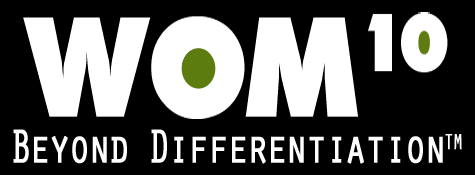When economic times become more and more uncertain this question seems to come up more and more – a direct correlation in my book. Companies start to realize that what they were doing in good times doesn’t necessarily work in weaker times so this drives the “strategy question” of what should they now do differently.
Strategy is something that should be done when times are good – modify during weaker times but fully executed the way it was designed. The problem with developing an all encompassing strategy in bad times is that companies tend to build “reaction strategies” instead of “proactive strategies” – there is a difference. Companies generally aren’t thinking as clearly when they are in react mode than when they have time to create a “blank sheet of paper” to work from. This can compromise your true intent as a business and cause you to forget what will differentiate you in the future.
However, one thing I would encourage you to consider during bad times is that you might have to change the way you “execute” your strategy or the “priority” of some of the goals/objectives. Some areas may need more emphasis during weaker times and others might need to be put on hold for a few months to focus in certain areas. This is NOT changing your strategy but merely modifying it to the current conditions. There is a big difference between modifying it and changing it completely. What you wanted to accomplish in good times shouldn’t change – HOW you get there should.
Bottom line – definitely build a strategy for where you truly want to get and what you stand for as an organization. Get outside help to work with you so you can see the forest AND the trees. After you have created the core strategy, goals and objectives, now do an “overlay” of today’s conditions and see what you might need to modify in its “execution” based on current economic conditions. Stay in “proactive” mode with the focus that your customers will see through your antics if you switch to “react” mode. Customers are still the driver and as long as you incorporate their input and contributions to help make a “Customer-Centric” Strategy you can’t be too far off target.
Remember, customers are still the primary group that writes you checks every month. To stay in sync with them during weaker economic times, you need to be even closer to them so you are more in tune than your competitors. Take the lead, bring them into the fold and get them involved more than ever – it will pay big dividends both today and tomorrow.
Blaine
